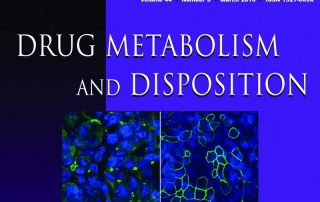SOT 58th Annual Meeting & ToxExpo – 1663: Talk by Dr Jane Barber of ApconiX
SOT 58th Annual Meeting & ToxExpo - 1663: Talk by Dr Jane Barber of ApconiX At the Society of Toxicology 58th Annual Meeting and ToxExpo from March 10th to 14th at the Baltimore Convention Center, Dr Jane Barber of ApconiX will be giving a talk as part of the Safety Assessment: [...]



